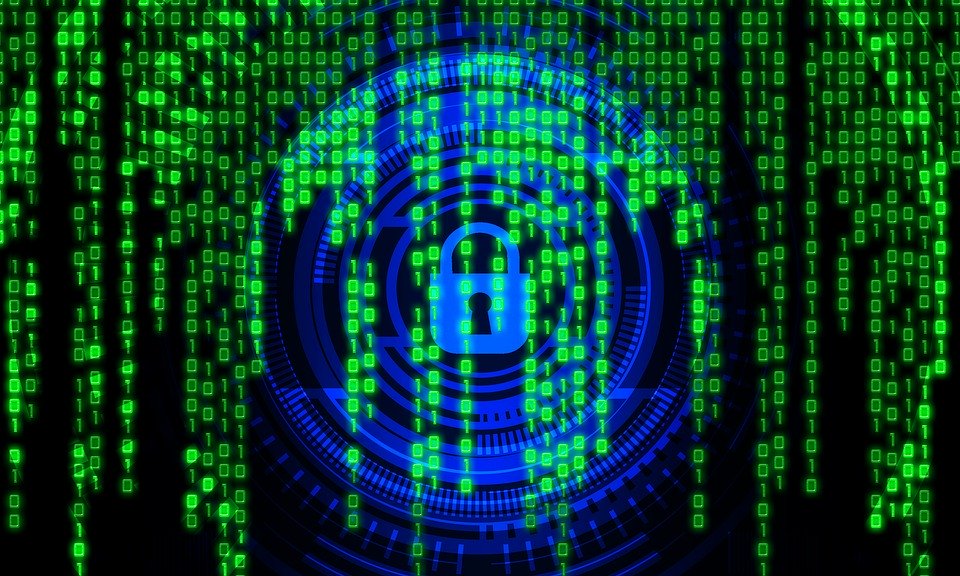
Cyber attacks are increasing across all sectors and with more remote workers than ever before, there are new security vulnerabilities. The sudden shift to remote working during the pandemic has made companies re-evaluate their security practices.
Since home connections may be less secure, cybercriminals have easier entry into company networks. According to research, the world is projected to spend $143 billion on cybersecurity in 2021. Any organizations using remote workers need to become more diligent about managing security risks.
Step up digital security awareness
Comprehensive and frequent cybersecurity training is crucial for organizations and especially for remote workers. They need to understand that security is non-negotiable.
When they act in a security-conscious manner and understand cybersecurity threats associated with their daily activities, they can mitigate them in alignment with the organization’s security policies. This leads to greater security compliance and mitigates the risks of insider incidents.
Inspired eLearning site tells you in detail what is security awareness training and why it is important for your employees to know computer and information security best practices and educate them about security threats.
Invest in robust cybersecurity solutions
Organizations need to invest in robust cybersecurity solutions that can prevent, detect and mitigate cybersecurity threats if they want to ensure remote business continuity. Employees use tools and critical business applications from home on devices that may not be as secure as they need to be. Online tools and solutions for collaboration often have minimal security default settings.
Remote workers need to be made aware of best security practices such as using secure connections, applying updates or patches regularly and keeping anti-virus software and other security solutions up to date.
Employers should consider restricting access to sensitive systems where this makes sense. Authentication, secure sessions, virtual approval workflows and electronic signatures can help to ensure continuous functionality while promoting security.
Create security for people, not just for systems
When security measures are too elaborate, they can hamper work productivity. Remote workers may abandon cybersecurity measures because they interfere with their workflow. While deciding on cybersecurity controls, organizations must develop models that balance user experience and address security concerns.
Traditionally, security was created largely for systems but the focus now has to be on security for people. There are various ways an organization can maintain security without impacting productivity. One example is implementing access management solutions that include single sign-on (SSO) capabilities. SSO allows employees to use one set of login in credentials to sign in to a number of key applications.
Modernize security architecture
Evidence of personal computers being used to access company and customer data has surfaced over the past year. This is a risk that could lead to exposure of company data, reputational damage, and a loss of customer trust.
With remote workers and more use of personal devices to access corporate applications, there’s a need to move away from security architecture components that don’t support cloud solutions. Security architecture has to evolve to enable faster deployment and integration and to catch up with hybrid setups that include on-premise, public cloud and private cloud infrastructure.
Ensure adequate support for remote employees
The “attack surface” has become greater with remote work and cybercriminals are always looking for new ways to attack. It is impossible to completely “solve” security problems and they will keep occurring.
Remote employees need to be kept up to speed and educated continuously about possible threats. They need to know that they must report immediately if they make an error or suspect a threat. They need to know who to call, hours of service, emergency procedures, and more. They should be clear about the procedures they need to follow in case of a security incident.
